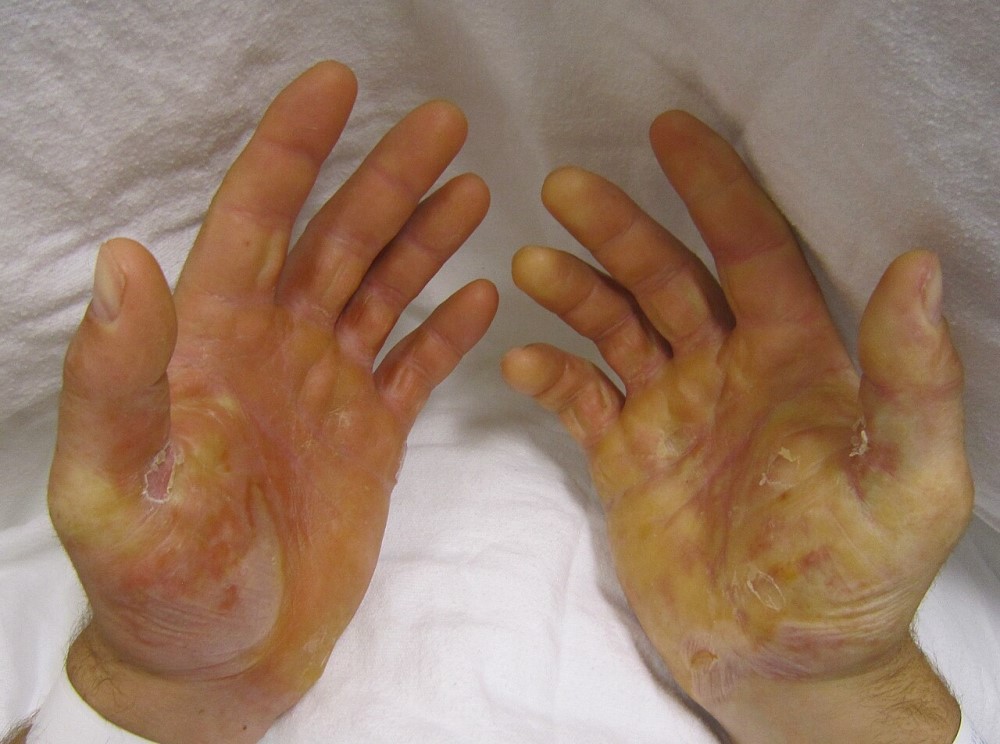
EB was first described by Ferdinand Ritter Von Hebra, an Austrian physician and dermatologist
In 1870, Epidermolysis bullosa (EB) was first described by Ferdinand Ritter Von Hebra, an Austrian physician and dermatologist. These early descriptions were soon subclassified into discrete sub-types of EB and since then geneticists have discovered at least 18 different genes resulting in more than 30 clinical subtypes of EB.
Epidermolysis bullosa (EB), also known as butterfly skin, is a group of rare genetic conditions characterized by severe skin fragility. Patients are extremely prone to developing bullae caused by separation of the skin and mucosa from underlying tissues with even gentle contact. EB occurs in three forms: simplex, junctional and dystrophic. Each of the three is caused by mutations affecting essential basement membrane components: the proteins keratin, laminin or collagen.
All anaesthetists should be aware of the basic principles to provide safe and effective care for EB patients wherever they present. With meticulous preoperative planning and extreme attention to detail to protect mucous membrane and skin, and to prevent shearing or frictional forces, anaesthesia can be delivered with few sequelae.
Tags:
Source:
Credit:
